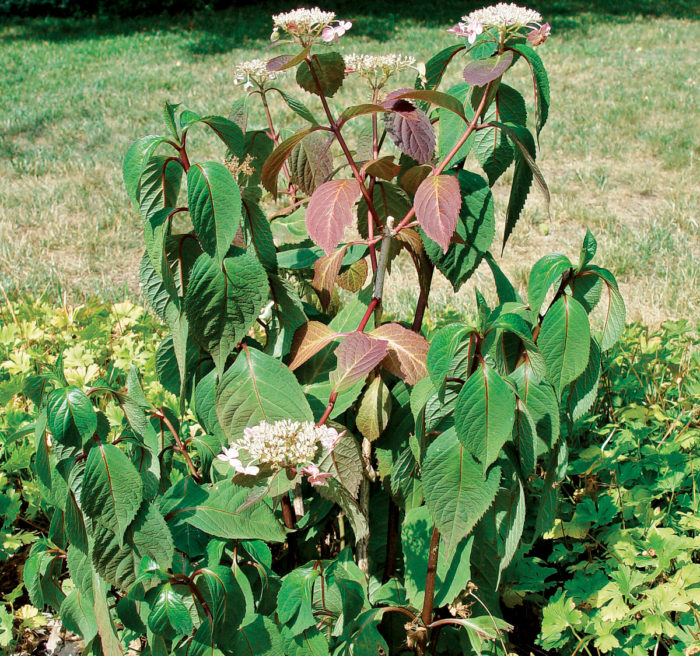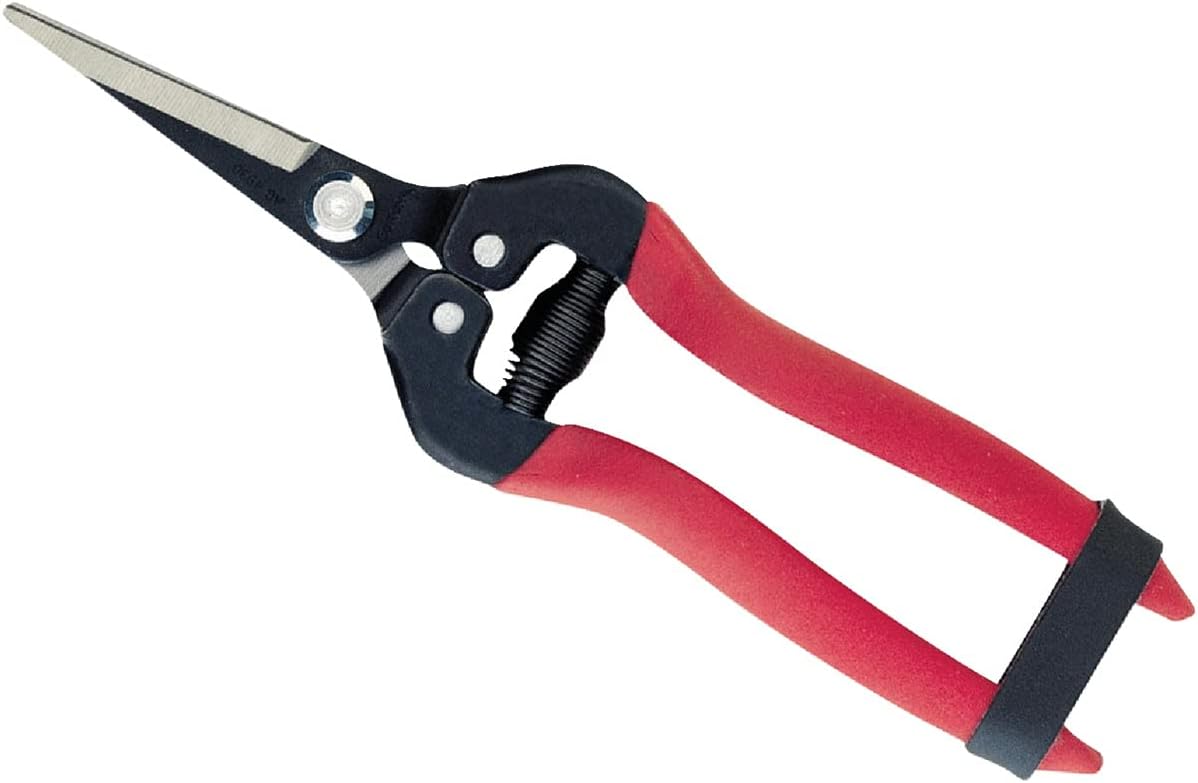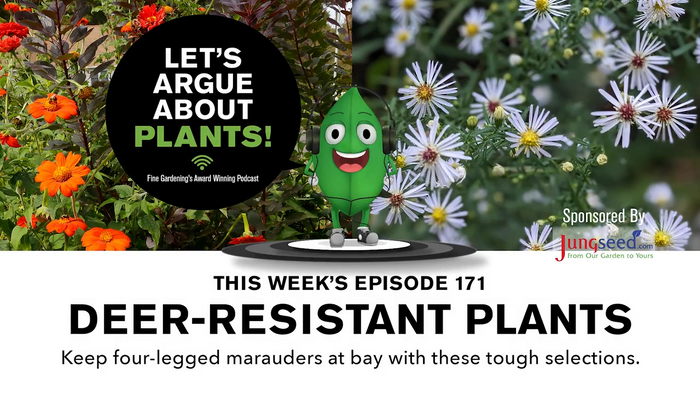
Here are some common myths surrounding hydrangeas as well as the truths that will shine some light on what to do if you’re faced with these circumstances. See our picks for best new hydrangeas.
Myth: In Zone 6, bigleaf hydrangeas are the best bet.
If you live in Zone 5 or even Zone 6, bigleaf hydrangeas aren’t the best choice—despite what the plant tag might say. With spring weather becoming more and more unpredictable, the likelihood of your plants blooming to their full potential is low. The buds, set on the previous year’s growth, frequently get zapped by a late frost or dip in the mercury, and this results in zero blooms. Even newer varieties of H. macrophylla that set buds on new growth can struggle, since their vegetative growth is hindered by cold springs. This results in smaller plants with fewer stems and, in turn, fewer (if any) blooms. A better bet for cooler regions (if you can’t plant in a protected spot) is mountain hydrangea (H. serrata), which has a similar look.
Myth: The best time to prune a hydrangea is in spring.
Most H. macrophylla and H. serrata set their flower buds on the previous year’s growth, which means that if you get impatient and cut down those unsightly, seemingly dead sticks in spring, you’re cutting off any future potential flowers. While a lack of blooms may indicate that your shrub needs fertilizer, the more likely reason your bigleaf or mountain hydrangea isn’t blooming is improper pruning. To ensure the best bloom set on these two types of hydrangeas, only prune them back right after they flower.

Myth: Hydrangeas thrive in full sun to partial shade.
Although the plant tag might make this claim, most hydrangeas prefer partial shade. The one exception is H. paniculata. You need only drive around a neighborhood on a hot day in August to see any number of hydrangeas (H. macrophylla, H. serrata, and H. arborescens in particular) flagging in full sun. Even if they are watered frequently, this behavior continues because these broadleaved shrubs don’t like full sun. Over time, the stress of being planted in less-than-ideal conditions may cause them to diminish or even die outright.

Myth: Add pine needles or rusty nails to the soil to change pink blossoms to blue.
My grandmother may have disagreed, but adding these items to the soil isn’t a viable way to change the blossom color. The hue of hydrangeas depends on the acidity of the soil. Basic or neutral soil results in pink blooms, while acidic soil causes bluer blooms. Chemically, aluminum in the soil causes sepals to turn blue. Aluminum is normally insoluble, but the acidity increases its mobility. So acidic soil enables the uptake of aluminum by the plant roots. Adding aluminum sulfate (a source of both aluminum and acidity) to the soil will change the blossoms from pink to blue. To change blue blossoms to pink, add lime (calcium oxide). It takes at least one full season to see a minor color change, and you’ll have to use the additives every year to maintain it.

The article was originally a sidebar to the article The Best New Hydrangeas from Issue #189
Fine Gardening Recommended Products

A.M. Leonard Deluxe Soil Knife & Leather Sheath Combo
Fine Gardening receives a commission for items purchased through links on this site, including Amazon Associates and other affiliate advertising programs.

Corona AG 4930 Long Straight Snip, Tempered Steel
Fine Gardening receives a commission for items purchased through links on this site, including Amazon Associates and other affiliate advertising programs.

Corona E-Grip Trowel
Fine Gardening receives a commission for items purchased through links on this site, including Amazon Associates and other affiliate advertising programs.



















Comments
Log in or create an account to post a comment.
Sign up Log in